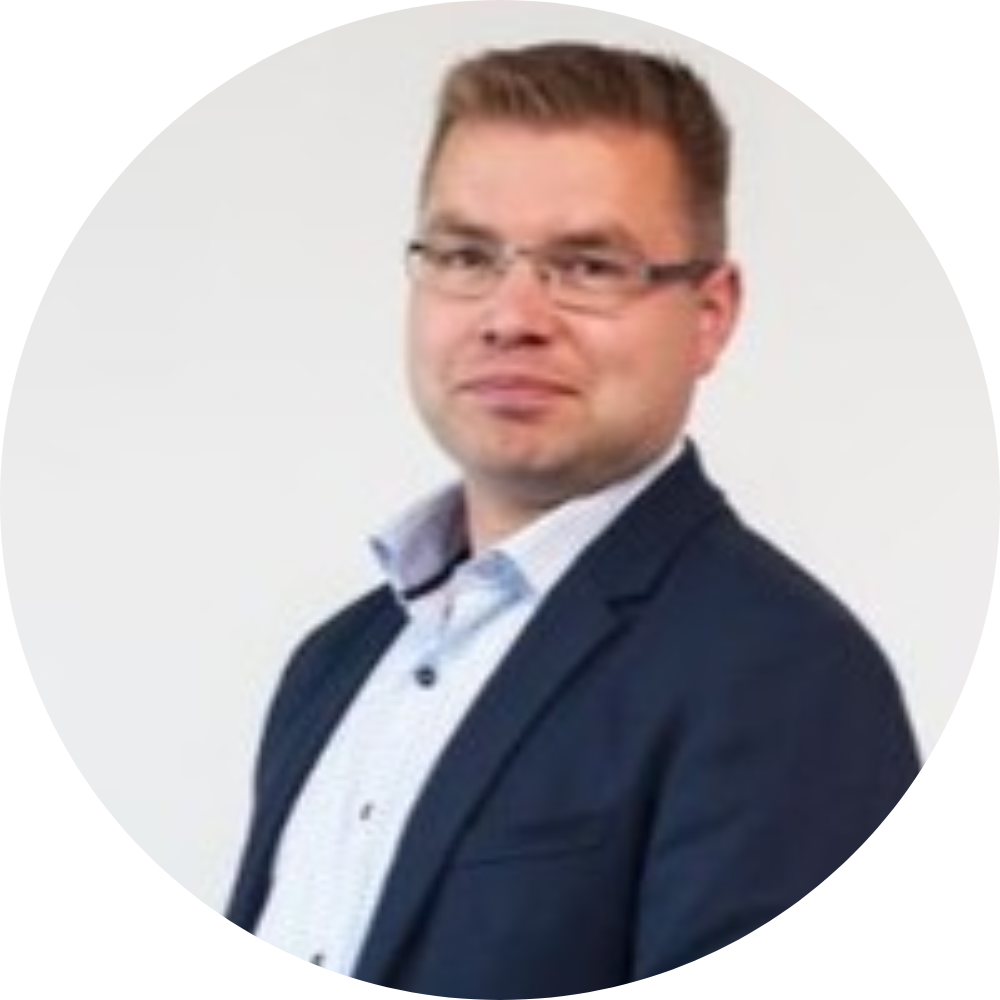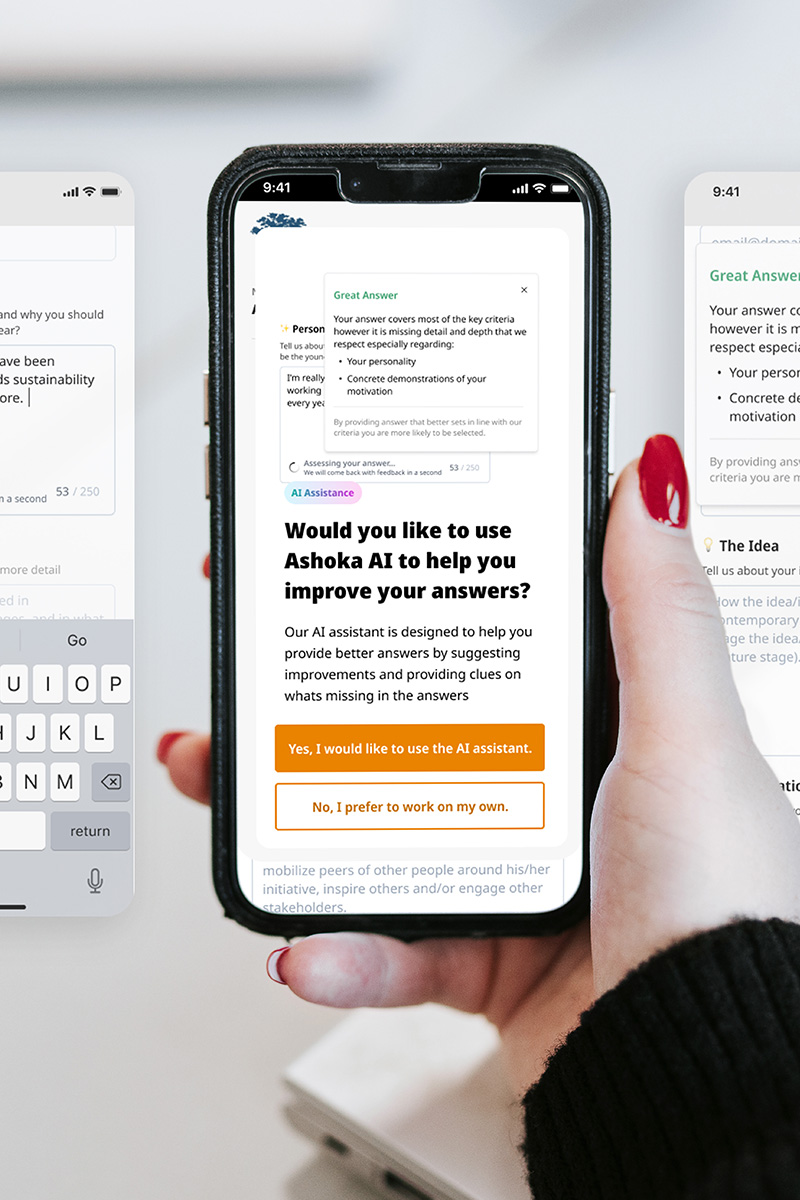Bonheur ASA

Bonheur created a modern financial platform solution based on CCH Tagetik and Workday Adaptive Planning. Discover how the multi-industry group navigated its transformation journey and the business benefits it delivered.
Bonheur ASA is a publicly listed Norwegian multi-industry group and holding company. The group's core business areas include renewable energy production, wind farm construction and services for the wind power industry, cruise operations, and the management of a diverse investment portfolio spanning media, real estate, and service industries.
In 2024, Bonheur reported total revenue of approximately €1.2 billion (NOK 14 billion) and directly employed 2,543 people. The total workforce exceeds 4,500 employees when subsidiaries and personnel in maritime operations are included.
The group consists of 175 different companies, making its corporate management increasingly challenging with legacy solutions which were becoming outdated. To support growth and accelerate change management, Bonheur set out to modernize and unify its financial leadership processes and solutions across the organization.
The business logic of the Bonheur group companies varies significantly. The strategic objective was to bring all entities onto a unified financial management platform to enable more effective leadership and support across their operations.
Switch to a Modern Financial Solution and a Comprehensive Transformation Initiative
At the group level, consolidation and reporting had previously been built on old technology solution, which had reached the end of its lifecycle. The old process involved a significant amount of manual work, and some subsidiaries reported their data in Excel, further increasing the workload. Integration with other systems was limited, and the old solution provider had discontinued further development and active support for the old solution used by Bonheur. For budgeting, the group relied on a manual and entirely Excel-based process. This approach was labor-intensive, error-prone and did not support forecasting, making financial planning inefficient in the long run.
When Bonheur began searching for a new solution, the requirements list was extensive, but four key objectives emerged as the top priorities:
- Single source of truth -principle: everyone should use the same platform and the same figures.
- Reducing manual work and leveraging the power of automation.
- Transforming workflows toward a more flexible and continuous, rolling process.
- Data is not tied to a specific platform but remains accessible flexibly and platform-independently.
Bonheur evaluated multiple solutions and ultimately selected a comprehensive approach that included CCH Tagetik and Workday Adaptive Planning with Fellowmind as the implementation partner. The old technology and provider were completely phased out.
As a partner Fellowmind was a perfect fit for us. They were a consultancy with the right size and experience, and it was clear that they had a genuine interest in our needs. Fellowmind presented a modern, cloud-based solution with a detailed plan and clearly articulated business benefits.
The project was launched in March 2021, at a time when the Covid pandemic limited work methods and face-to-face meetings. From the outset, it was clear that significant external resources would be required. At the group level, there was a substantial amount of consolidation work, along with business unit-specific practices, currency conversions and around 4,500 different accounts in accounting.
Unified Data for Corporate Reporting and Financial Planning and Forecasting
Technologies were selected to perform three different categories of tasks:
- CCH Tagetik would primarily be used for group-level consolidation, performance measurement in Financial Performance Management, and IFRS group reporting.
- Workday Adaptive Planning would be involved in driver-based planning, scenarios, cash flow forecasts and rolling forecasting.
- A data platform would be built to ensure that data is decoupled from specific tools, enabling seamless data usability across various applications both now and in the future.
Since Bonheur is a multi-industry and relatively complex conglomerate, extensive preparatory work was required. However, this also became one of the project's key benefits: standardizing processes and tools necessitated the cleaning up of varying practices, including chart of accounts and dimensions. Change management played a major role throughout the project. While business autonomy within the various industry sectors remained untouched, uniform accounting models were implemented across the group. A significant effort in the early phase involved migrating historical data to Tagetik and establishing the entire new structure. Process alignment and harmonization continued throughout the project.
One of the key objectives was to free up working time from routine tasks to focus more on strategic financial management. Previously, data entry was manual and transferring information between different systems was labor-intensive. With the new solution automation was introduced to streamline operations. Particular emphasis was placed on reporting, where quarterly reports and annual financial statements were taken to a whole new level with automation, enhancing efficiency and accuracy.
We were impressed by the consultants' expertise in financial management, accounting, and IT-systems. Equally important was Fellowmind's collaborative working approach, which aligned well with our company culture.
The transformation project was carefully structured and phased, aligning both with the group’s business areas and the functions being implemented. Consolidation (CCH Tagetik) and planning (Workday) were developed step by step, starting with widely used key processes.
The financial experts of the Bonheur group were highly committed to the project and actively participated in workshops during the development of business forecasting processes. This had a very positive impact on change management and the collaboration between the group and its various business units.
Most importantly, the forecasting processes of different business areas did not need to be forced into a single, strictly defined model. Each business unit retained its unique characteristics and processes, including individual forecasting models and planning drivers.
Forecasting restaurant revenue for a short-term cruise is vastly different from estimating the costs of constructing a wind farm. With a modern forecasting solution like Workday Adaptive Planning, modelling these diverse processes became seamless and efficient.
Wins and a few challenges – financial forecasting and cost management on a new platform
The project progressed at a rapid pace from the initial creation of basic reports and consolidation templates to business-specific reporting and cost management on the new platform. Within the first six months the first business units had already started preparing next year’s budgeting in the new system and sharing their learnings internally across the group.
Forecasting, which had previously been a labor-intensive manual task, was now being systemized. One example is forecasting the monthly revenues of Bonheur’s wind farms. The model integrates local weather forecasts, utilization rates, and electricity market price projections as input data. Based on the best available information, it provides an accurate forecast for the entire wind power portfolio as well as individual wind farm units.
A long-term project like this came with its share of challenges. Aligning the group-wide consolidation process within a multi-industry conglomerate and integrating it into both CCH Tagetik and Workday Adaptive Planning proved to be more complex than initially anticipated. Another challenge was the sheer scale of the project, involving four main business sectors and dozens upon dozens of companies. This occasionally led to fragmentation of work, whereupon the team had to constantly jump between tasks and topics due to the numerous interdependencies — changing one element here often triggered ten new adjustments there. Despite these hurdles, the project stayed on schedule and successfully reached completion.
The Bonheur and Fellowmind project team was able to focus on modernizing financial management and processes rather than spending all the time on technical complexities. This was made possible by the fact that everything was built on Tagetik and Workday configurations and best practices — in other words utilizing standard software solutions without the need for custom coding or developing new features. This approach ensures easy maintenance, reliable support, strong security and seamless cloud-based updates, automatically keeping the system up to date with the latest version.

Results – automated processes, improved transparency and easier forecasting
Now, all core financial management processes operate on the new platform. Consolidation is faster and less error-prone, while reporting is highly automated and provides executive management with a clearer view of business performance.
This modern solution has improved the speed, accuracy and ease of forecasting, allowing active scenario modelling. This in turn has enhanced decision-making and responsiveness, ensuring greater agility in business operations.
All business units across the group now follow the same standardized approach, which has significantly improved the speed and reliability of group-level reporting.
For a publicly listed company, it is crucial to ensure that investor communications are based on precise, timely and reliable figures.
Throughout the project and after its completion, employees across both business units and individual companies praised the cloud-based solution's ease of use. This played a key role in the successful adoption of the system—everyone could immediately experience how the new solution streamlined their work and delivered tangible benefits.
The Fellowmind consultants deserve recognition for their deep expertise in both financial management and technology. We also appreciated those occasions when there was a problem and no immediate answer, and the consultants openly acknowledged it and proactively took the initiative to find a solution.
The project was carried out as a joint Bonheur-Fellowmind team, and Bonheur highly appreciates the strong team spirit it created. Solutions for financial management practices were sought with a best-practice mindset, and different options were openly discussed together. At times, the consultants' experience from dozens of similar projects was crucial in determining the direction, while in other cases the group's specific needs and insights carried more weight in the decision-making process.
Thanks to the smooth collaboration additional follow-up projects have already been agreed upon. The project is now continuing with further development phases. This includes increasing automation and integrating group-level tax reporting into the same platform.






